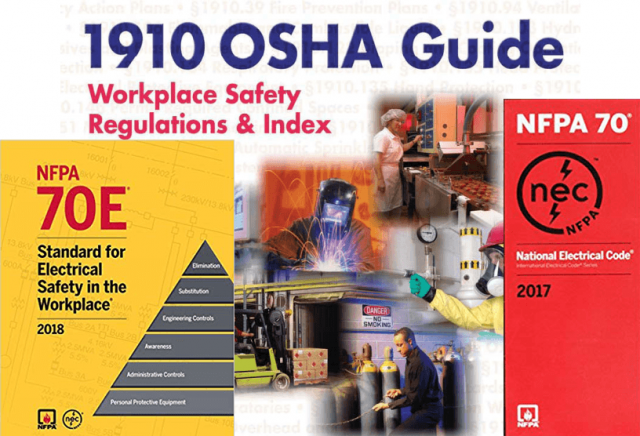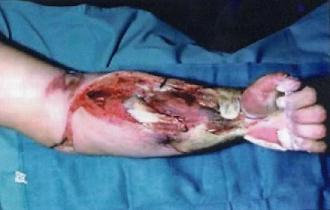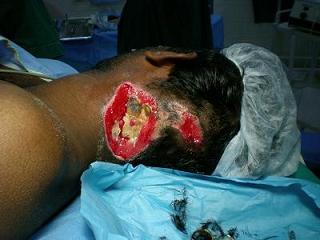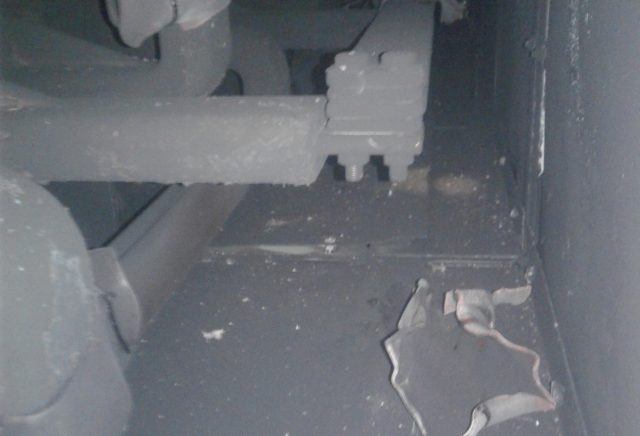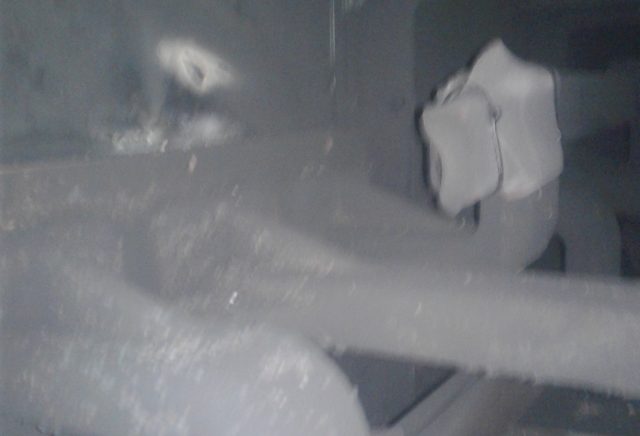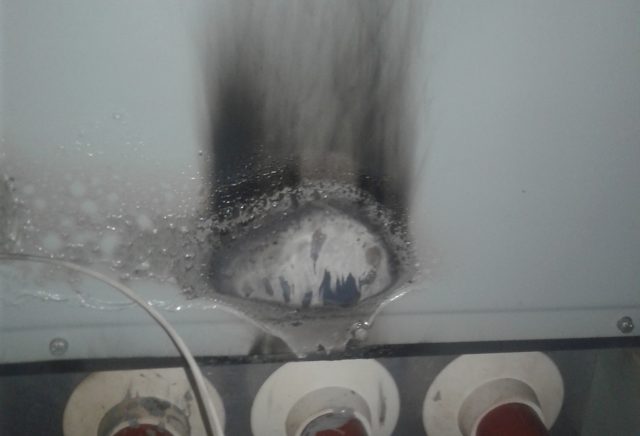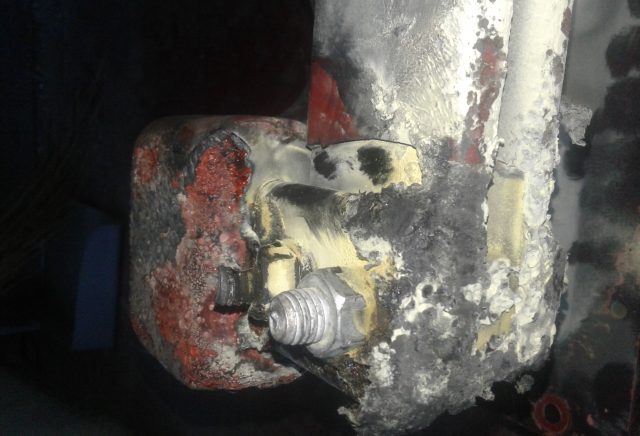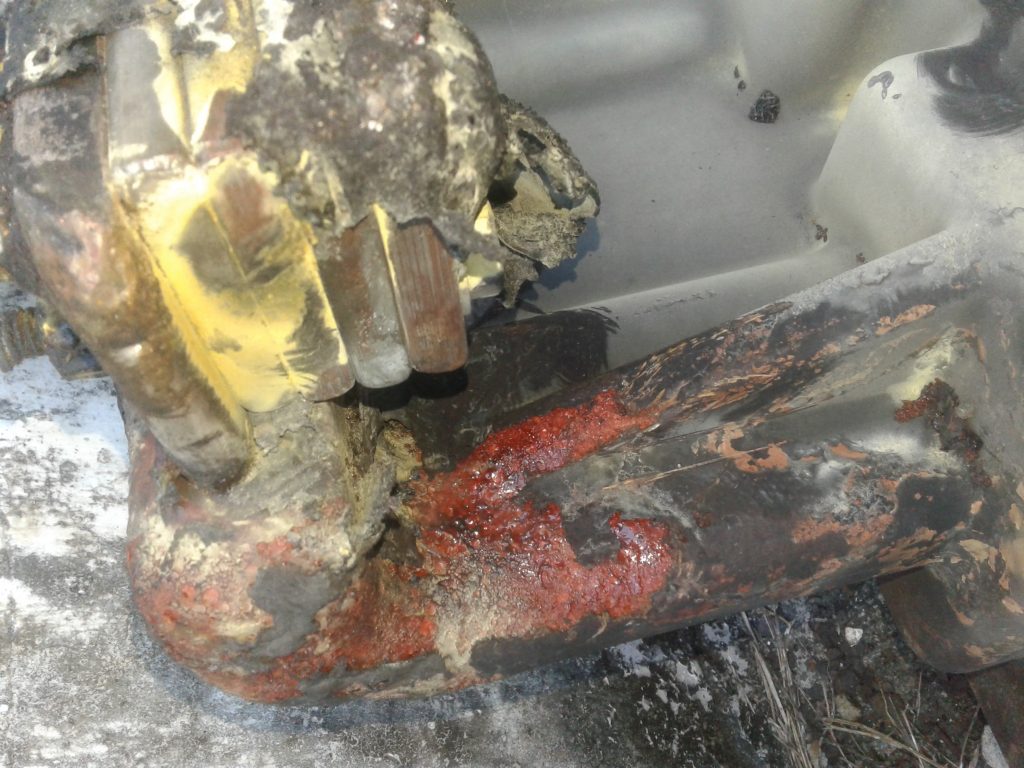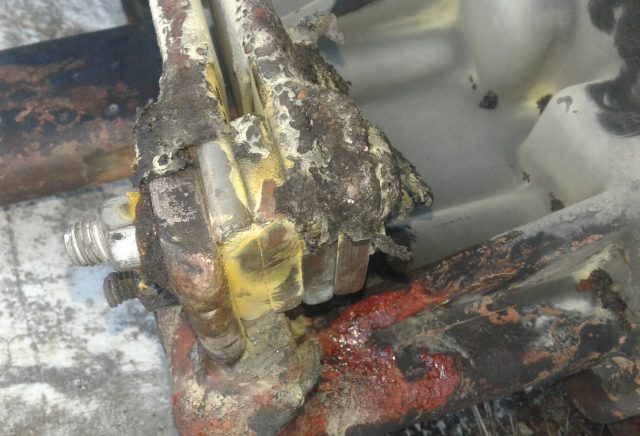What is Arc Flash?
Arc flash is a type of electrical explosion or discharge that occurs when a fault condition bridges the air gap between energized conductors or between an energized conductor and a grounded component. The sudden release of electrical energy causes a bright flash of light, intense heat, and a pressure wave. The effects can be devastating, resulting in serious injuries or even death, and significant equipment damage.
Arc Flash Hazards
Here are some hazards of arch flash
Recommended References on Arc Flash
Here are some list that could be used as references when dealing with arc flash.
- Arc-Flash Hazards
- IEEE 1584 Arc Flash Calculations
- Arc Flash – Calculating Arcing Current
- Arc Flash – Hazard and System Grounding
- Arc Flash Equipment Labeling Requirement
- Arc Flash – Incident Energy at Working Distance
- Arc Flash – Simplified Two-Category Clothing
- Arc-Flash Hazard Warning according to Philippine Electrical Code 2017 Edition
Standards and Regulations
Various standards provide guidelines on arc flash safety. The most widely recognized are
- NFPA 70E
The National Fire Protection Association's NFPA 70E standard provides guidelines for electrical safety in the workplace, including requirements for arc flash risk assessment, PPE, training, and safe work practices. - IEEE 1584
This standard provides methods for calculating the arc flash incident energy and protection boundaries in electrical systems. - OSHA
The Occupational Safety and Health Administration (OSHA) mandates that employers provide a safe work environment for employees and comply with relevant standards to mitigate arc flash risks. - CSA Z462
This is Canada's national standard on workplace electrical safety. - IEC 61482
This international standard addresses protective clothing against the thermal hazards of an electric arc.
Regulations and standards may evolve over time. It is important to stay updated with the latest guidelines and recommendations to ensure a safe working environment and effective arc flash mitigation strategies.
